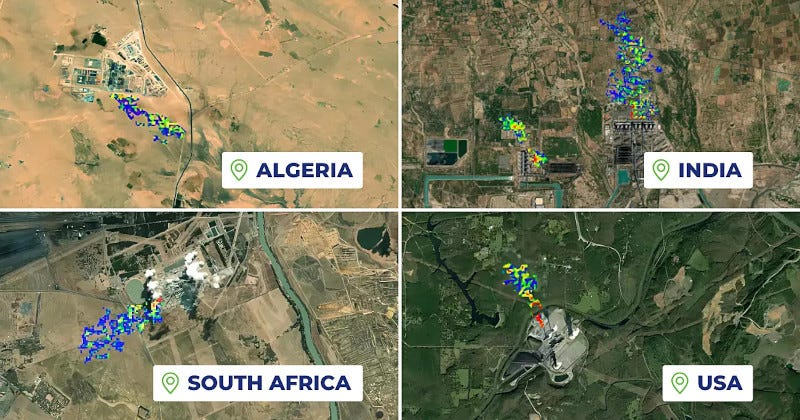CO2 Emissions from Power Plants Pinpointed by Satellite
GHGSat Releases Data From Vanguard Spacecraft
Data that identifies carbon dioxide emissions from power plants around the world has been released by GHGSat in a demonstration of significant progress from the company’s newest satellite, Vanguard (GHGSatC-10).
“Measuring CO2 emissions at the scale of individual facilities involves several challenges that are unique, compared to methane,"
Dan Wicks, GH…
Keep reading with a 7-day free trial
Subscribe to The Journal of Space Commerce to keep reading this post and get 7 days of free access to the full post archives.



